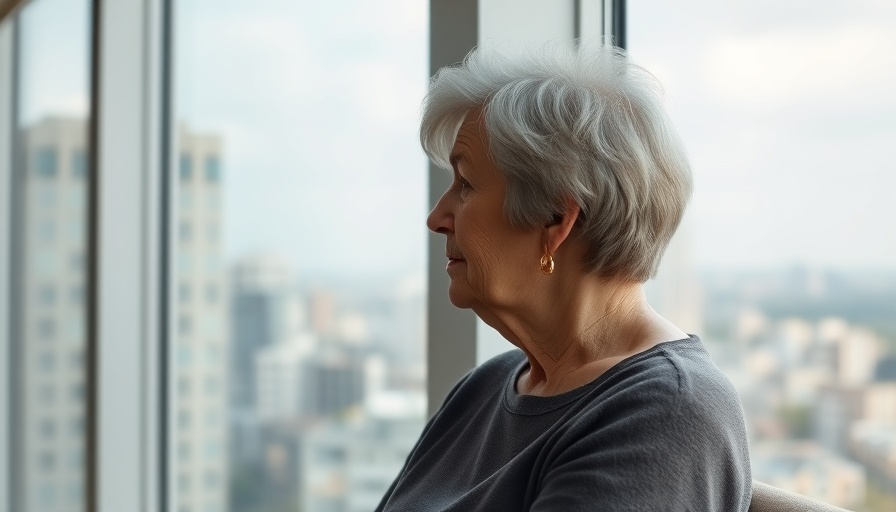
Understanding Dry Hands vs. Hand Eczema
As the colder months approach, many people, especially the elderly, may start experiencing dry hands or perhaps more severe conditions like hand eczema. While it’s easy to attribute dry skin to season change, discerning whether it's mere dryness or a more serious issue is crucial for effective treatment. Hand eczema, also known as chronic hand eczema (CHE), is a condition that affects around 1% to 5% of adults, characterized by inflammation, redness, and sometimes painful cracks.
What Distinguishes Hand Eczema from Ordinary Dryness?
Ordinary dry hands can often be resolved with basic moisturizers and hydration techniques. In contrast, hand eczema is typically a more persistent and complex condition that often resists standard treatments. Distinguishing between the two can be challenging. According to dermatological experts, the symptoms of CHE, which include hyperkeratosis, fissures, and persistent inflammation, should not be dismissed as simple dryness that can be cured with regular hand cream.
The Importance of Diagnosis
Understanding the distinction between dry hands and hand eczema involves recognizing the symptoms. Chronic hand eczema usually presents with continuous or relapsing symptoms for at least 3 months, making it a concern for many, particularly older adults whose skin may be thinner and less resilient. According to Dr. Raj Chovatiya, an expert in dermatological conditions, diagnostic accuracy relies heavily on recognizing the clinical features: erythema, scaling, and potential vesicles.
The Emotional and Social Impact of Hand Eczema
Hand eczema not only affects one’s physical appearance but can also have profound emotional and social implications. Approximately one in five individuals with CHE attribute their condition to occupational exposure, and nearly 10% report needing to alter their work situations due to their symptoms. The social ramifications are equally significant, with many reporting challenges in personal relationships due to the discomfort or embarrassment caused by their skin condition.
Emerging Treatments for Hand Eczema
The approach to treatment has evolved. Traditional methods often include topical corticosteroids, which can provide temporary relief. However, dermatologists emphasize that newer therapies, such as topical JAK inhibitors like delgocitinib, are proving effective for those whose condition does not improve with conventional moisturizers or steroids. These treatments provide hope for managing chronic inflammation in a manner that more accurately targets the complexity of hand eczema.
Practical Tips to Manage Dry Hands and Eczema
For those prone to dry hands, dermatologists recommend frequent application of a good-quality moisturizer, especially after washing hands. For hand eczema suffers, avoiding irritants and allergens is critical, as is seeking professional diagnosis and treatment options tailored to the specific type of eczema.
Conclusion: Taking Action for Healthier Hands
Adopting proactive measures for hand health is essential, especially for older adults who may experience increased vulnerability to skin conditions. If you notice persistent symptoms of hand eczema or if standard creams aren't providing relief, consulting a dermatologist is strongly recommended. Early diagnosis and intervention can significantly improve one’s quality of life. Take care of your hands, and remember that there are effective solutions available.
 Rij toevoegen
Rij toevoegen






Write A Comment